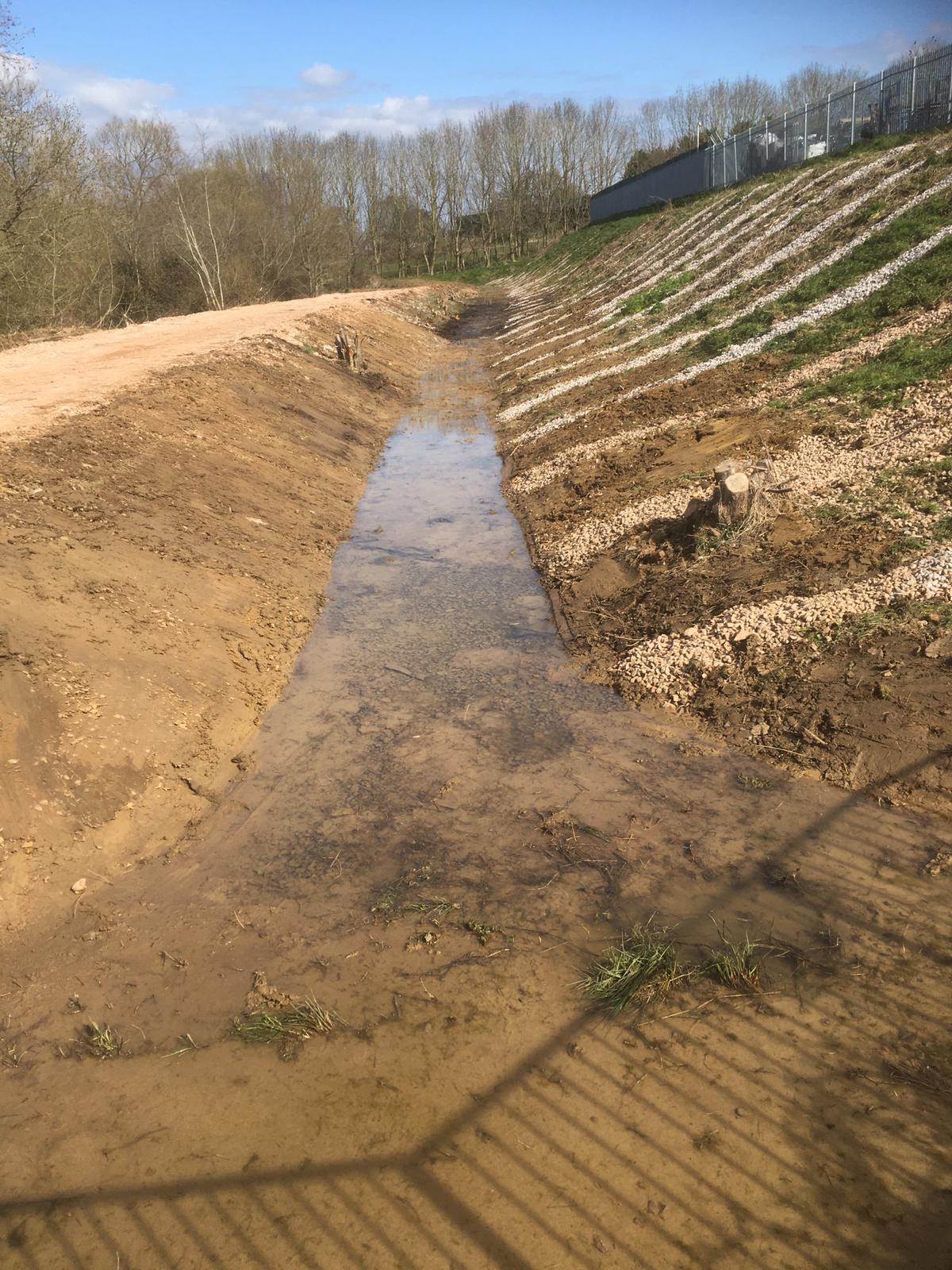Counterfort drains
A counterfort drain (sometimes known as a buttress or trench drain) is particularly useful in wet swampy-like soil configurations. As a sub-surface method, a trench at least 500mm wide has heavy-walled drainage pipe at the bottom, and drainage metal on top of this. Sometimes a geotextile liner is also used.
Counterfort drains provide a high permeability preferential pathway to encourage water flow from the surrounding soil and are particularly useful on sites with high groundwater levels.
They stabilise potential slope failure by reducing pore water pressure on critical slip planes, and act as a reinforcing element in the soil.
Counterfort drains can be very effective in bolstering a poor or damaged earth structure, and can help significantly change soil properties over the long term.
CLL can advise on the best type of counterfort drain to reduce groundwater from normal seasonal levels and maintain those lower levels.
The CLL’s team experience in these trench drainage systems is part of the knowledge sharing which takes place on a regular basis.
“When you have an unstable hillside or slope that you want to stabilise, counterfort drains are an excellent option.
“By lowering your water table, you make them more stable because the soil has an opportunity to dry out.
“We design and construct these deep trench drains which intercept the slip plane, and make the land suitable for other options.
“As a ground improvement technique, counterfort drains can quite quickly make an immense amount of difference to what was a previously tricky site.”
Alan Marychurch
Terry Donnelly

